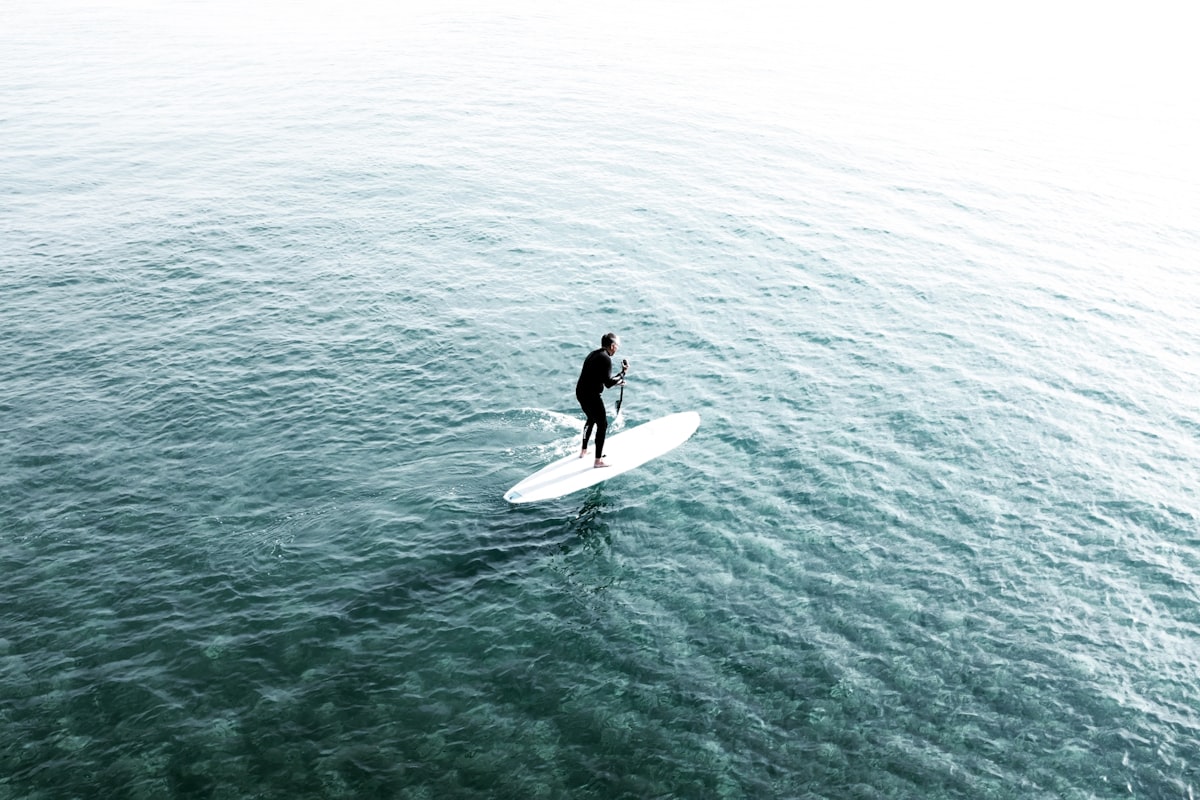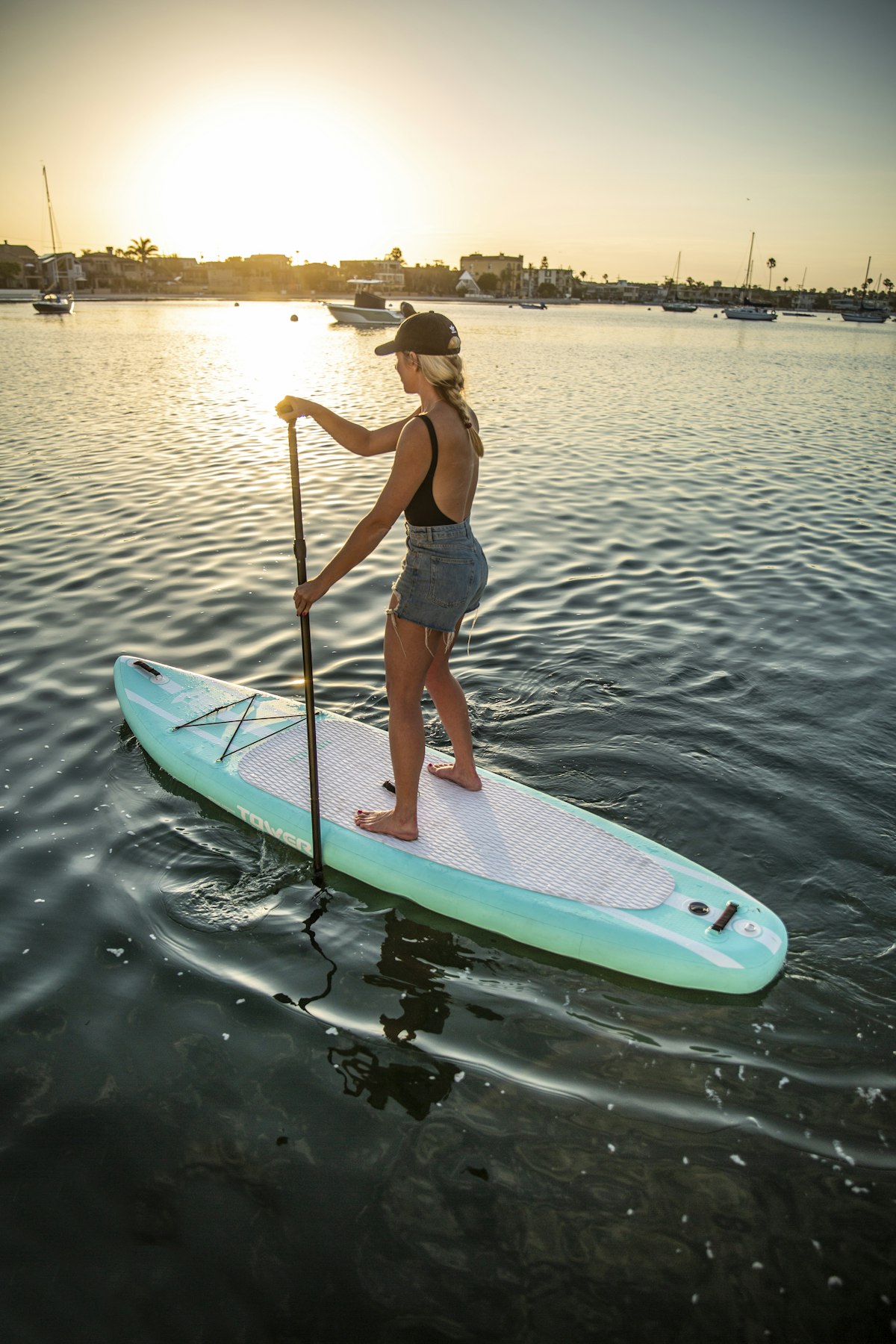
SUP Adventures in the Mountains
SUP Adventures in the Mountains
Stand up paddleboarding (SUP) has grown in popularity over recent years. While many associate it with coastal areas, SUP in the mountains offers a unique experience. The combination of serene mountain lakes, breathtaking scenery, and the calmness of being away from urban environments creates an unforgettable adventure.
Choosing the Right Spot
Mountain lakes can vary significantly in terms of access, size, and conditions. It’s essential to research the spot you plan to visit. Check for accessibility, such as whether you need a permit, the distance from the nearest road, and the type of terrain.
Some popular mountain lakes for SUP include:
- Lake Tahoe, California/Nevada
- Flathead Lake, Montana
- Lake Louise, Alberta
- Crater Lake, Oregon
- Jenny Lake, Wyoming
Getting There
Transportation logistics can often be more complicated in mountainous areas. Consider using lightweight, inflatable SUPs for easier transportation. Many can fit into a backpack, making them ideal for hiking to remote spots.
Safety First
Mountain lakes, while beautiful, can pose unique risks. Always wear a personal flotation device (PFD). Cold water temperatures are common, and even experienced swimmers can quickly find themselves in dangerous situations. Additionally, check weather forecasts. Mountain weather can change rapidly, and storms can roll in with little warning.
Essential Gear
Having the right gear can make or break your SUP adventure. Ensure your board and paddle are suitable for flatwater paddling. A leash can prevent your board from drifting away if you fall off. Dry bags are invaluable for keeping your valuables and supplies safe and dry.
Other essential items include:
- Sunscreen
- Hat and sunglasses
- Waterproof phone case
- First aid kit
- Snacks and plenty of water
Wildlife Observation
One of the perks of SUP in mountain lakes is the potential for wildlife encounters. Birds, fish, and even larger animals like deer or bears may be seen from your board. Remember to respect the wildlife and maintain a safe distance.
Leave No Trace
Being in a pristine mountain environment comes with a responsibility. Make sure to pack out everything you bring in. Avoid disturbing the natural habitat, and follow the principles of Leave No Trace to help preserve these beautiful areas for future generations.
Getting Started with SUP Techniques
If you’re new to SUP, it’s vital to master the basics before heading out to the mountains. Starting on calm, flat water is ideal. Balance is key; keep your feet parallel, shoulder-width apart, and knees slightly bent. Use your core to paddle rather than your arms, which will help you maintain stability and avoid fatigue.
Advanced Paddling Skills
Once you’ve mastered the basics, you can explore more advanced techniques. Practicing different strokes can improve your maneuverability. For instance, the sweep stroke can help you make sharp turns, while the draw stroke can move your board sideways.
If you encounter choppy water or need to paddle against a strong current, kneeling can provide more stability. Knowing how to react in various conditions will boost your confidence on the water.
Fitness Benefits
SUP isn’t just about enjoying nature; it’s also a fantastic full-body workout. Balancing on the board engages your core muscles, while paddling works your arms, shoulders, and back. It’s also excellent for cardiovascular health, especially when paddling for extended periods.
Additionally, the calming environment of a mountain lake can provide mental health benefits. The combination of physical activity and natural beauty can reduce stress and promote relaxation.
Group Trips
SUP adventures can be even more enjoyable with friends or family. Group trips can be a fantastic way to bond and share the experience. Ensure that everyone in the group is comfortable with their SUP skills before tackling more challenging spots.
Communication is key, especially in remote areas where cell service might be limited. Establish a plan on what to do if someone gets separated or an emergency arises.
Photography Tips
Capturing the beauty of your SUP adventure can be as rewarding as the experience itself. Use a waterproof camera or a sturdy waterproof case for your smartphone. Consider using a floating strap to prevent losing your device in the water.
Early mornings and late afternoons offer the best lighting for photos. Also, the calmer water during these times can result in stunning reflections of the surrounding mountains.
Heat and Hydration
High altitudes can often lead to dehydration more quickly than at sea level. Drink plenty of water before, during, and after your SUP adventure. Be aware of signs of heat exhaustion, especially during the hotter months. Wearing light, moisture-wicking clothing can help keep you cool and dry.
SUP Yoga and Meditation
Mountain lakes provide a serene backdrop for SUP yoga and meditation. Practicing yoga on a paddleboard adds an extra element of challenge and balance. Even simple stretches and mindfulness exercises can enhance the overall experience. SUP meditation allows you to connect deeply with the natural surroundings, fostering a sense of peace and tranquility.
Exploring Hidden Gems
The mountains are filled with hidden lakes and secluded spots. Talking to locals or experienced paddlers can lead you to lesser-known areas that are off the beaten path. These locations often provide the most rewarding and intimate experiences.
Maps and GPS devices can help navigate these remote areas. However, always have a backup plan and let someone know your itinerary for safety reasons.
Responsible Tourism
Being a responsible tourist means respecting the local communities and ecosystems. Learn about the regulations and guidelines for the areas you plan to visit. This includes understanding fishing rules, boating regulations, and any cultural or historical significance of the location.
Support local businesses when possible. Renting equipment or buying supplies from local vendors can positively impact the community.
Seasonal Considerations
Different seasons offer different experiences on the water. Spring can bring runoff and higher water levels, while summer typically offers the warmest conditions. Fall provides stunning foliage, creating a picturesque backdrop for your adventure. Be aware of ice and snow in the colder months, as they can make certain areas inaccessible and dangerous.
Environmental Impact
While SUP is generally low-impact, it’s essential to be mindful of your environmental footprint. Avoid paddling in areas with delicate ecosystems, such as bird nesting sites. Using eco-friendly gear and products can also help minimize your impact on the environment.
SUP Events and Communities
Joining a SUP community or participating in events can enhance your paddling experience. Many mountain areas host SUP races, yoga classes, and clean-up events. These gatherings can be a great way to meet other paddlers, share experiences, and celebrate the sport.
Night Paddling
For the more adventurous, night paddling offers a completely different perspective. Equipped with proper lighting and safety gear, paddling under the stars can be a magical experience. The calm and quiet of the lake at night, combined with the sounds of nature, provide a unique adventure. It’s crucial to be familiar with the area and to carry navigation lights to ensure safety.
SUP Fishing
Combining SUP with fishing is another exciting way to enjoy mountain lakes. The silence and stealth of a paddleboard can get you closer to fish than a motorized boat. Ensure your board has proper stability and enough space for your fishing gear. A cooler or a fishing crate can be attached to the board for convenience.
“`
Recommended SUP Gear
GYMMALL Inflatable Paddle Board
Complete SUP package for all skill levels.
FunWater Inflatable SUP
Ultra-light board with all accessories included.
As an Amazon Associate, we earn from qualifying purchases.




Subscribe for Updates
Get the latest articles delivered to your inbox.
We respect your privacy. Unsubscribe anytime.